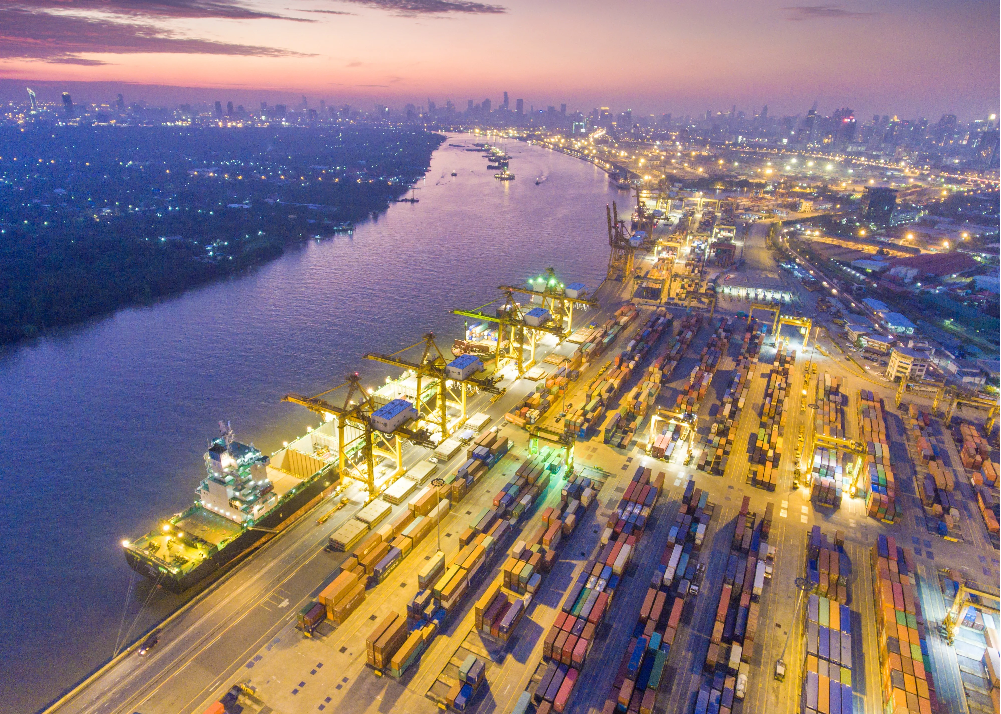CDPQ looks past transit to data centers, infrastructure
The Caisse de dépôt et placement du Québec (CDPQ) will maintain its aggressive stance on transit development while looking at opportunities such as data centers and airports, the institutional investor’s head of infrastructure told Infralogic.
CDPQ invests on behalf of 48 governmental and quasi-governmental clients, mainly pension and insurance funds. It’s getting set to open the remaining leg of Montréal’s REM light rail, while planning a tram system in Québec City and teaming up for the 1,000-km Alto high-speed rail line.
Yet CDPQ is always searching for new realms for investment, said Emmanuel Jaclot, executive vice president and head of infrastructure for CDPQ, in an interview.
Jaclot headlined the Infralogic Investors Forum New York last week. In a one-on-one interview with Linklaters Partner Elena Rubinov, Jaclot said CDPQ hasn’t concentrated on data center investments, because the Caisse “couldn’t find the right reward balance, thought it was too expensive”.
CDPQ moves on digital assets
At the conference, Jaclot hinted that CDPQ is taking a new look at data centers. CDPQ was an early financial backer of eStruxture Data Centers and sold its stake in the firm to Fengate last year, but Jaclot’s infrastructure team wasn’t part of that deal.
Jaclot told Infalogic that the infrastructure team’s first equity investment in a data center asset is imminent.
“Very soon … we will announce our first data center deal,” he said.
While CDPQ is part of a group led by Blackstone that is making a USD 7bn investment in Rogers Communications and has made fiber investments including in Brazil, it’s been wary of further data center-related investments because of the possibility of overpriced assets.
“We’ve gone from zero percent of digital exposure — so no towers, no fiber, no data centers — to about 10% and we are continuing to add more assets,” Jaclot said.
CDPQ’s digital investments include the acquisition of 50% of Connexa in New Zealand, the addition of 6,000 Verizon towers through Vertical Bridge in the US and its partnership in Europe with American Tower Corporation (ATC), he noted.
CDPQ’s purchase of 30% equity in ATC “was attractive because it’s proper infrastructure — with a long-term contract — plus you get the cherry on the cake; growth of digital, AI and the cloud that is embedded in the volume that passes via mobile and devices through towers”, he said.
Despite some pullback in using private financing for Canadian infrastructure in recent years, CDPQ still sees a path toward investment. The Caisse has a significant chunk – about 20% – of its CAD 64bn (USD 46.3bn) in infrastructure assets in Canada.
CDPQ’s infrastructure development subsidiary CDPQ Infra has had its best success with Montréal’s REM light rail, which it developed in response to a mandate from the provincial legislature to put together infrastructure projects. CDPQ Infra continues to create solutions to transportation quandaries that provide venues for investment.
“The foundation project was the REM, which we’re hoping to finish putting in service by year-end,” Jaclot said.
“Our focus is delivering the best risk-reward for our clients,” he said. “The second part of our dual mandate is to help develop the Québec economy.”
Airports could be new investment outlet
Among possible investments CDPQ is keeping an eye on is Canadian airports. Earlier this spring, the Canadian government released a policy statement beginning to sketch out how to use private investment for the country’s airports, which are primarily owned by quasi-governmental nonprofits.
The airport ownership structure hasn’t been conducive to private investment. But Jaclot said the changes could bring a new path for investment and there appears to be a willingness to bring in private money. The regulations should come into focus now that the Canadian election has wrapped up.
“The government is making the first initial steps to allow that … so we are hoping there’s a few opportunities on that front coming soon,” he said.
“On the whole, we think there’s a good avenue for private capital in Canadian infrastructure,” Jaclot said.
[Editor’s note: The headline has been amended post-publication for clarity.]










